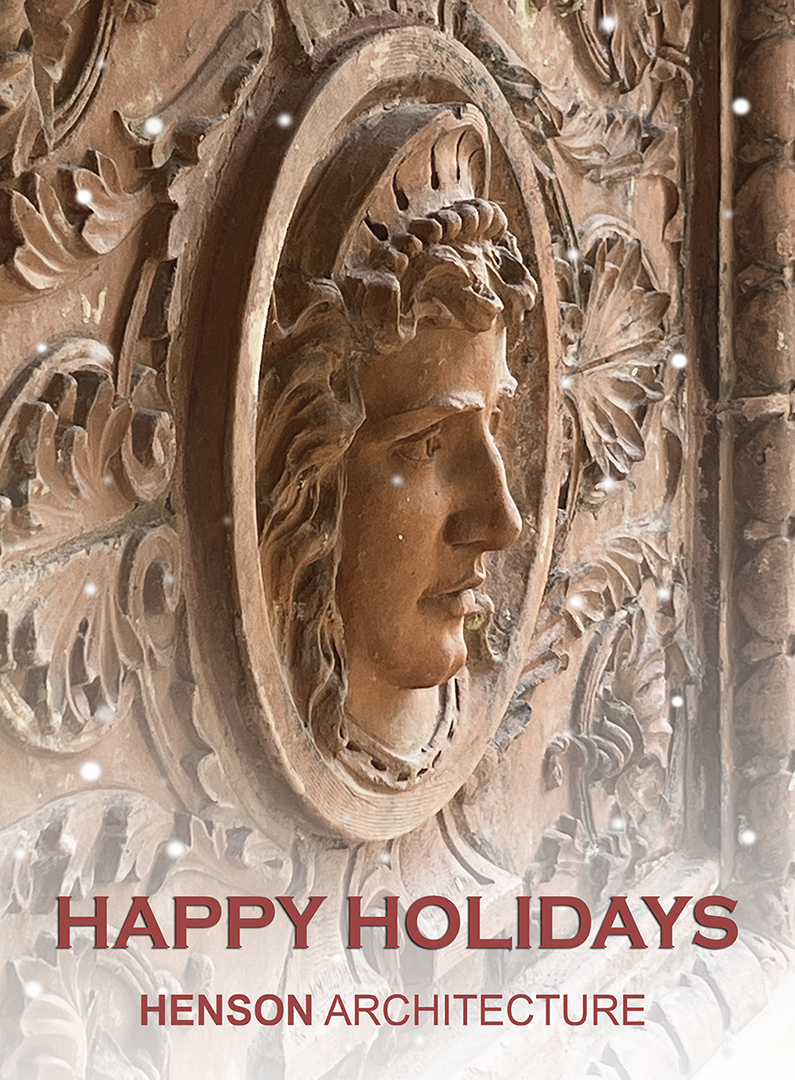Taking Guardianship of a Historic Home
By Iyna Bort Caruso for Sotheby’s International Realty
Entering a home from a bygone era is like crossing a threshold in time.
“Historic residences are profound works of both art and craft,” says Katherine Malone-France, director of outreach, education and support at the National Trust for Historic Preservation in Washington, D.C. “They tell us a lot about ourselves, what people liked, what was important to them and how their lives were structured.”
Across the board and around the globe, buyers have long been drawn to the pleasures of owning a moment in time.
Not every older home can measure up. Only those deemed to have historical, cultural or aesthetic value are eligible for special designation. That “value” can be based on architecture, of course, but it can also be tied to an event associated with the home or to an individual who once lived there.
More than anything, owners of historic homes buy for love. Love of the artisanship, architectural details and even the quirks. Still, it’s a smart investment. A landmark plaque on a residence increases property value. It assures buyers the qualities that attracted them to the home in the first place will endure over time. What’s more, “historic homes are incredibly sturdy and solidly built,” says Malone-France. “They have so many more hand-driven fasteners, they contain woods that are no longer available to us but were specifically selected because of their strength and properties for different elements, whether as rafters or floor joists. They were built to breath, to adapt, to last.”
Yes, there are some unconventional layouts in older homes and, yes, owners must follow certain prescribed guidelines when making changes or improvements. That comes with the territory. Preservation guidelines are intended to safeguard character-defining elements and protect against inappropriate alterations. Owners are tasked with keeping the structure in good repair and obtaining prior approval before performing work. Based on the governing body, the guidelines can be as specific as the choice of paint colors and the selection of foliage.
Would-be buyers are sometimes intimidated by the prospect, feeling they may be required to spend exorbitantly on the maintenance of a landmarked home. Not so, says Malone-France. “The best preservation work is often the most economical. You basically strengthen the places that need to be strengthened and make sure the exterior envelope is solid. It doesn’t have to be a tremendously expensive or invasive process.” Historical preservation organizations are a good source for architect, contractor and artisan referrals.
Eran Chen is the founder and creative director of ODA–Architecture in New York, a firm with an extensive portfolio of historic projects. He considers the city’s preservation commission a partner in the design. The firm worked on a Union Square condominium building discovered to have been designed for Tiffany & Company in the late 19th century. Encased—and forgotten—behind brick walls were beautiful cast-iron arches. That finding “changed everything” about the development of the project, Chen says. “There’s always a lot of discovery,” he says. “The process is full of surprises. In some old structures, there are really treasures hidden in the walls and in the floors.”
There are historic homes and then there are homes located in historic districts like the Gaslamp Quarter in San Diego, Calif., and the French Quarter of New Orleans, La. In New York City alone, there are dozens of historic districts. Louise Beit of Sotheby’s International Realty in New York frequently handles properties with landmark designation. The homes are typically located on gracious, tree-lined streets. Many were designed by prominent architects of the 1920s. “They are a fabulous investment,” Beit says. “They go up in value exponentially.” While buyers don’t necessarily seek out landmarked properties, she says they consider it a bonus when a home they love happens to be designated as one. It means that a governing entity, in this case the New York City Landmarks Preservation Commission, is looking out for the property’s—and neighborhood’s—best long-term interests. “Buyers can be assured the residence will always be saleable and in excellent architectural and aesthetic taste.”
Most countries have programs intended to protect buildings of architectural or historic distinction. Like the U.S., homes of exceptional interest in Mexico, for instance, have registries at the federal, state and local municipal levels. Residences in historic districts such as Mexico City’s downtown Zócalo neighborhood, San Miguel de Allende, Guanajuato, Mérida and Querétaro are in especially high demand, says Graciela Zamudio Conde of Guadalajara Sotheby’s International Realty in Mexico.
Read more…



